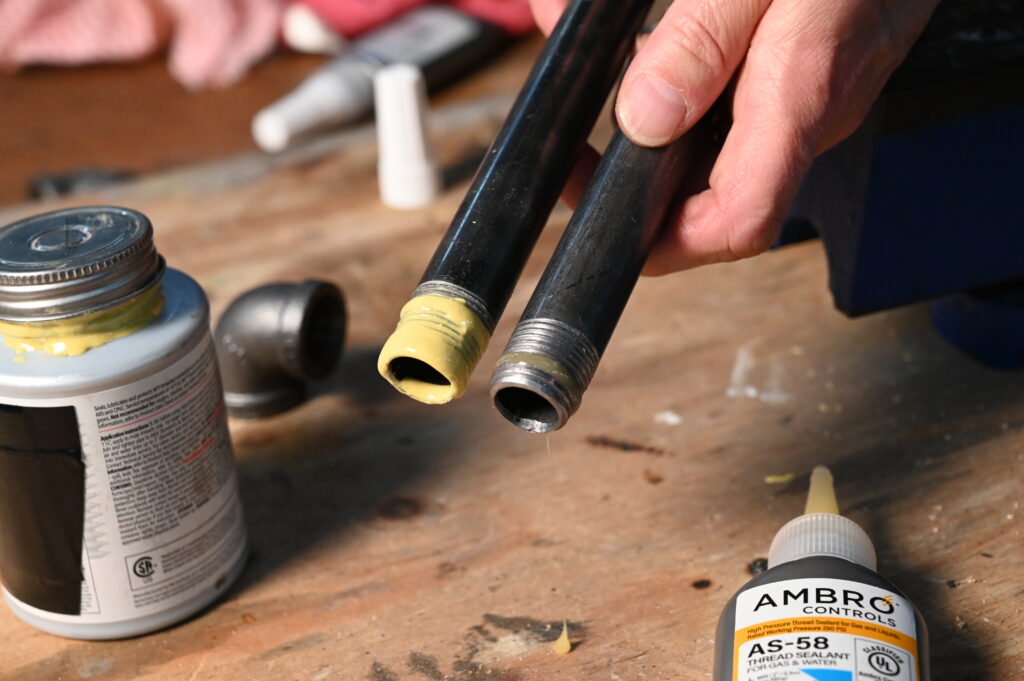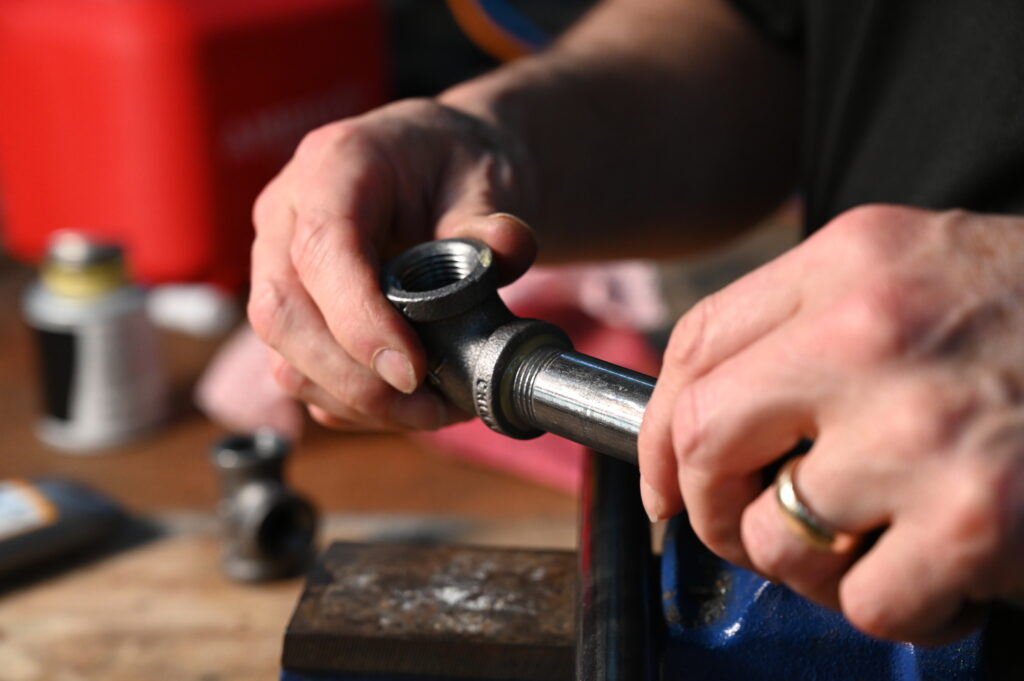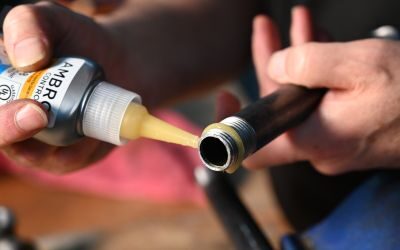Threaded connections are common in various industries, from plumbing to manufacturing, and they play a vital role in ensuring the integrity of fluid systems. However, even the most well-crafted threads can be vulnerable to leaks if not sealed properly. This is where thread sealants are important. Thread sealants are substances designed to seal in threaded connections, preventing leaks and ensuring the safety and efficiency of the system. In this article, we will explore four essential tips for achieving a secure seal using thread sealants.
Tip #1: Choose the Thread Sealant for your Application

There are a variety of different thread sealants to choose from, including thread sealing tape, anaerobic thread sealants and pipe dope – so it’s important to choose the right one for the job. For example, using Teflon tape can be suitable for small or temporary applications, however, it is not the best option for professional plumbing systems applications, where a permanent, high-strength seal is required.
Key things to consider include:
- Are you sealing plumbing systems or commercial applications?
- Are you sealing gas or water lines?
- Will the pipe be exposed to chemicals?
- What is the material of your thread?
The thread sealant you choose should be compatible with the pipe material and the contents you will be working with. For DIYers, homeowners and maintenance plumbing applications – Teflon tape can be handy to keep in your toolbox. For permanent plumbing systems and other professional applications, you’ll need to look for a thread sealant designed for long-lasting and high-strength bonding. We recommend going with an anaerobic sealant such as Ambro Controls AS-58 Thread Sealant. Unlike pipe dope (thread-sealing compounds) that may crack over time, anaerobic thread sealants cure when oxygen is expelled to form a solid seal.
Tip #2: Clean and degrease threads before use
Grease, dirt, and other residues can prevent the sealant from adhering properly and can result in leaks – so it’s vital to get your threads prepped before sealing! Ensure the pipe is clean with the following steps:
Degrease: If the pipe is greasy, use a degreasing agent, cleaner or solvent to clean the threads thoroughly. Ensure that no trace of oil, grease, or debris remains.
Scrub: In case of stubborn contaminants, use a wire brush to scrub the threads. Be gentle to avoid damaging the threads themselves.
Dry: Any residual moisture can also affect the sealing process. Use a rag or some paper towels to remove any remaining liquid.
Tip #3: Apply sealant or tape evenly along the thread

A common mistake with thread sealing is applying thread seal tape or liquid sealant in a hurry – resulting in too much being placed onto the thread. Not only are you increasing the likelihood for leaks, but applying excess thread sealant or tape is unnecessary and wasteful.
Thread seal tape should be wrapped around the thread in the correct direction with a minimum of 8 rotations.
A thread sealant with a slim nozzle such as Ambro Controls AS-58 Anaerobic Thread Sealant makes it easier to apply the right amount. With AS-58, a simple continuous bead around one thread is all you need for a secure seal. For loose or damaged threads and threads larger than 1” in diameter, apply additional sealant to ensure a complete seal. Once applied, connect the pipes and tighten them.
Tip #4: Wait for the thread sealant to fully cure

When using anaerobic thread sealants such as AS-58, you’ll need to wait for the thread sealant to fully cure before pressurising the system. Unlike pipe dope and tape, anaerobic thread sealants cure when oxygen is expelled and form a solid long-lasting seal. Failing to allow adequate curing time can lead to premature failures and leaks.
Did you know? The time it takes a sealant to cure depends on the material and size of the pipe as well as the ambient temperature – so the cure time is different for each application. We recommend referring to the manufacturer’s Technical Data Sheet to get an estimate on how long the sealant will take to cure. Sealing M10x20 zinc pipes (quality 8.8) at 77°F will require 1-3 hrs for a functional cure time with AS-58.
Achieving a secure seal with thread sealants is essential for the functionality and safety of fluid systems. By selecting the right sealant, properly preparing the threads, careful application and allowing for adequate curing time, you can ensure that your threaded connections remain leak-free and reliable. Following these four essential tips will help you get the job done right the first time, saving you time, money, and potential headaches down the road.






